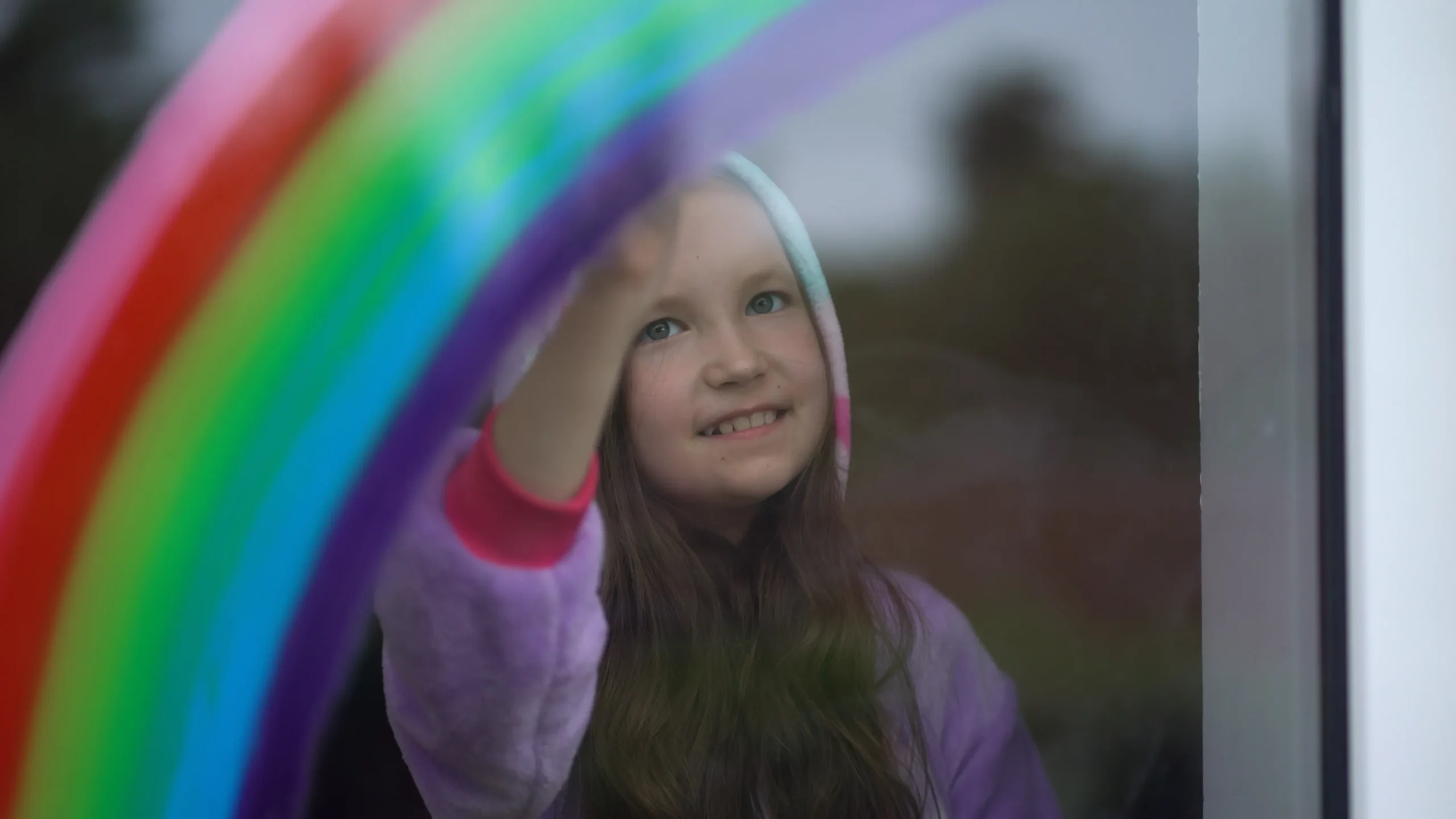Did you ever see that child talking to a stuffed animal and treating it as a dear friend or creating a kingdom out of the pillows and the blankets? That is not mere playing. Such thinking is magical, and, yes, it is one of the most effective instruments a child can have in grasping emotions, relationships and the world around her.
It does not spell and wands kind of magic. It is about how children solve feelings that are bigger than words by using their imagination. And just like a rainbow after the storm, the magical thinking brightly illuminates the emotional sky of a child.
What is Magical Thinking?
Magical thinking occurs when children think that their thoughts or imagination have power over reality. As an example, when a child has a bad mood, they may believe that the rain was caused by their bad attitude and when they draw a unicorn, they may think that they have conjured one. Adults understand that it is not that way the world works, but in a child, one can think this way to investigate feelings without harm.
It does make fun or is adorable. It’s essential. Playing, playing with sidekicks, and telling magical tales enable the children to develop empathy, problem-solving, and expressing emotions all of which are major components of emotional intelligence.
Imagination: The First Playground for Emotions
When a child acts by being a princess who is in a tower or a dragon who protects gold, he is not merely in a pretend game. They are playing with their emotions of fear, courage, loneliness or pride. In this way they make us understand what they mean, though they may not be able to say it exactly.
Fairy tales typically involve journeys, aids, antagonists and morals. With the help of these tales, they learn about being kind, forgiving broken things, apologizing, and the happiness of coming back home everything that life gives but as colored in more vivid colors.
Magical Thinking and Emotional Growth
The story a child listens is about a girl that draws on the walls and gets in trouble, then runs away and sees a magical creature. The child might not have ever run away, but he/she knows how it is like to be in trouble, how nice it would be to run away, and how everyone did not understand him/ her. The need to recognize the importance of home is also among the lessons learned as the story goes. When it comes to making the right decisions, saying sorry is nothing new to them.
This emotional trip is important. West has been saying that children cannot be born knowing how to deal with feelings such as anger, fear, or sadness. The magical thinking provides them with the means to contain those massive feelings in narrative box- what they label a narrative category- and then disregard it.
The Rainbow Effect in Action
Magical thinking resembles a rainbow displaying in a storm. Although storms lead to the storm and the grayed clouds as well as the roaring of winds, rainbow brings hope and beauty. When children undergo the storms of emotions-getting scolded, being left behind, getting frightened of something new, they do not necessarily say, “I am hurt, or I am scared.” At that, they may create an image of a problematic unicorn or a castle to defend against mean feelings.
When we look, we will see that rainbow. And as we do so we can wander into their world and assist them along the path to safety and insight.
Where the Rainbow Leads
There are no rules that can be applied to teach emotional intelligence. It develops in times of connection, imagination, and play. Through magical thinking children access great things and ideas with small hands. It is where they are taught to invest in their feelings, and love and flourish.
The next time your child thought out a cardboard castle or reminded you about the dragon in the backyard, therefore, do not laugh or hurry to fix them. Rather, inquire what is the name of the dragon. Sit in magic with them.
The journey to emotional maturity usually begins at the end of a rainbow.
